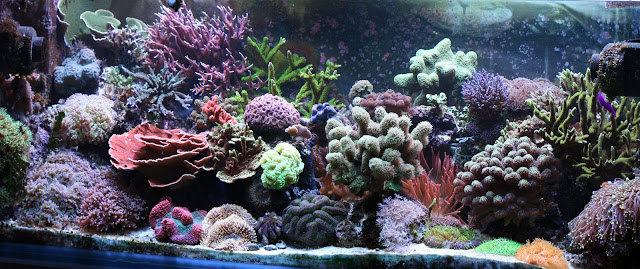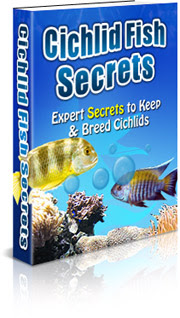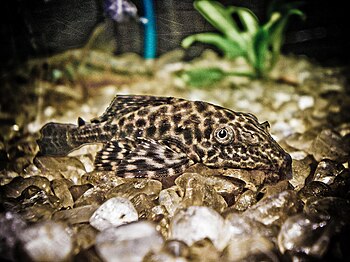Hermit Crabs have no directly relation to crabs. They come from the super family Paguroidea. They are named as ‘hermit’ crabs because it is their characteristic to occupy abandoned seashells. They do this to protect their delicate abdomen. Nearly five hundred species of hermit crabs are known to exist and most of them live in water. They live in colonies of approximately hundred occupants.
 |
| A blue-legged hermit crab cleaning shells in an aquarium (Photo credit: Wikipedia) |
As the hermit crab grows it changes its shell and searches for a bigger one. Also, hermit crabs with well fitting shells grow faster than the ones with tight shell and the later ones becomes a prey very easily. But the availability of abandoned shells is less and hence the hermit crabs fight each other so as to get ownership of a shell. The number of shells available depends on the population of gastropods around. Very rarely do hermit crabs trade each other’s shells. The new shell will be selected if it is at least one-third bigger than the present shell. The hermit crabs also have a tough exoskeleton, which doesn’t grow with the hermit crab. But the crab shed this exoskeleton and grows another one very fast. This process is known as molting. Molting cannot be determined before hand, but hermit crab does become inactive and may bury itself in the gravel for two weeks. A small hermit crab molts once a month and larger crabs molt once every eighteen months.
Hermit crabs are even kept as exotic pets. Pet owners like them because they are the one requiring least-maintenance of all the exotic pets. They do not grow more than the size of a peach and can be kept in a normal aquarium. They are scavengers and feed on algae and debris formed in the aquarium. Many of the species of the hermit crabs are part of the marine aquarium trade, some are herbivorous and some are omnivorous. Blue legged crab, zebra hermit crab, red reef hermit crabs, common hermit crab and red tip crab some of the types of hermit crabs which are kept as pets. The most desirable of them is the red reef hermit crab or scarlet hermit crab. It has a bright red body with yellow colored eyestalks. But some even grow to nearly twelve inches and feed on clams, corals, and crustaceans.
The aquatic hermit crabs live in salt water with salinity ranging from 1.023 to 1.025. The temperature should vary from seventy-five degree Fahrenheit to eighty degree Fahrenheit for the tropical species. The aquarium gravel bed should be filled with algae and they should also be provided with different types of shells for the hermit crab, to choose from. If they have a larger option they will change their shells frequently, which is an interesting activity to be watched. Food dishes can also be added as a landscape, but the dishes should be low so that the hermit crab can climb out of it. Even other activities like digging, climbing, etc. are very interesting to observe.
They should be fed and watered daily. Commercial food is available at the pet store. But along with that, fresh vegetables and fruits can also be added to the diet. Care must be taken that the fruit or the vegetable shouldn’t be left in the aquarium for more than one day or else it will contaminate the water. The gravel must be removed and the tank should be washed every month. They also must be watered, meaning that everyday they need to be sprinkled with lukewarm water. This applies for land hermit crabs.
It is very easy to train a hermit crab. Training is more like playing. The hand must be held out and the hermit crab must be allowed to crawl on the palm. If the hermit crab pinches and doesn’t let go, run the area under a little lukewarm water and it will immediately let go.








